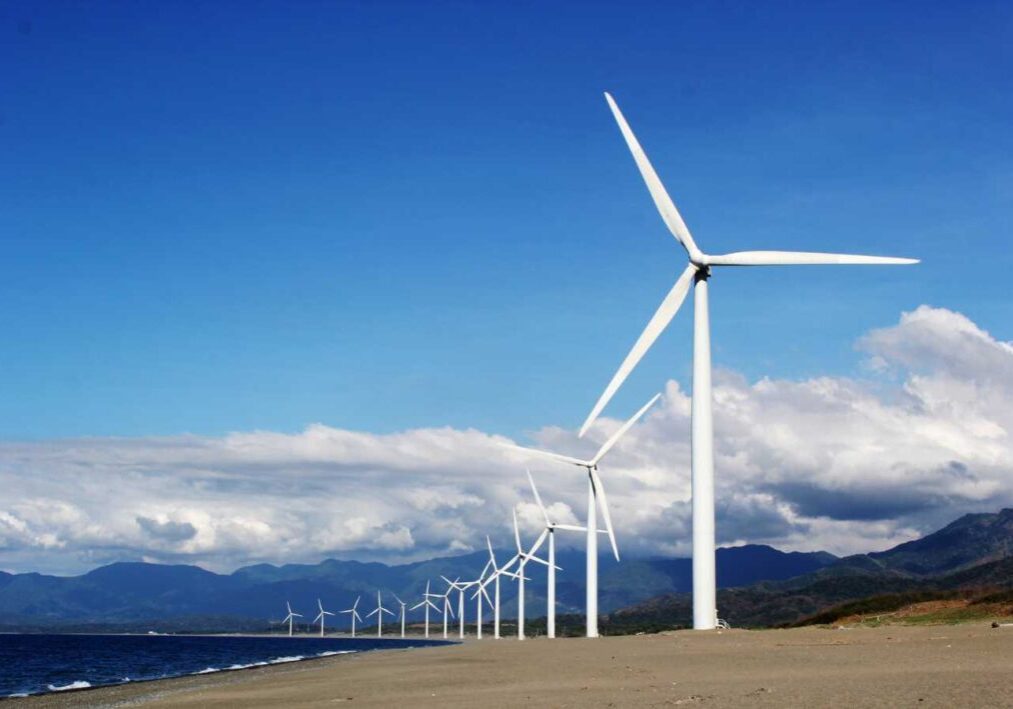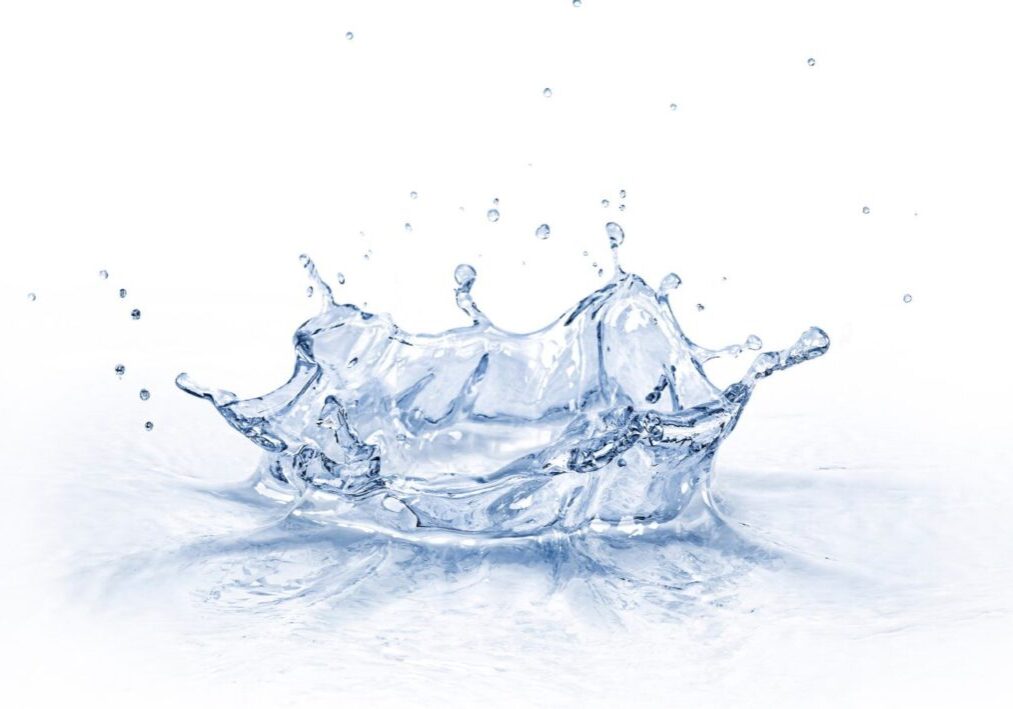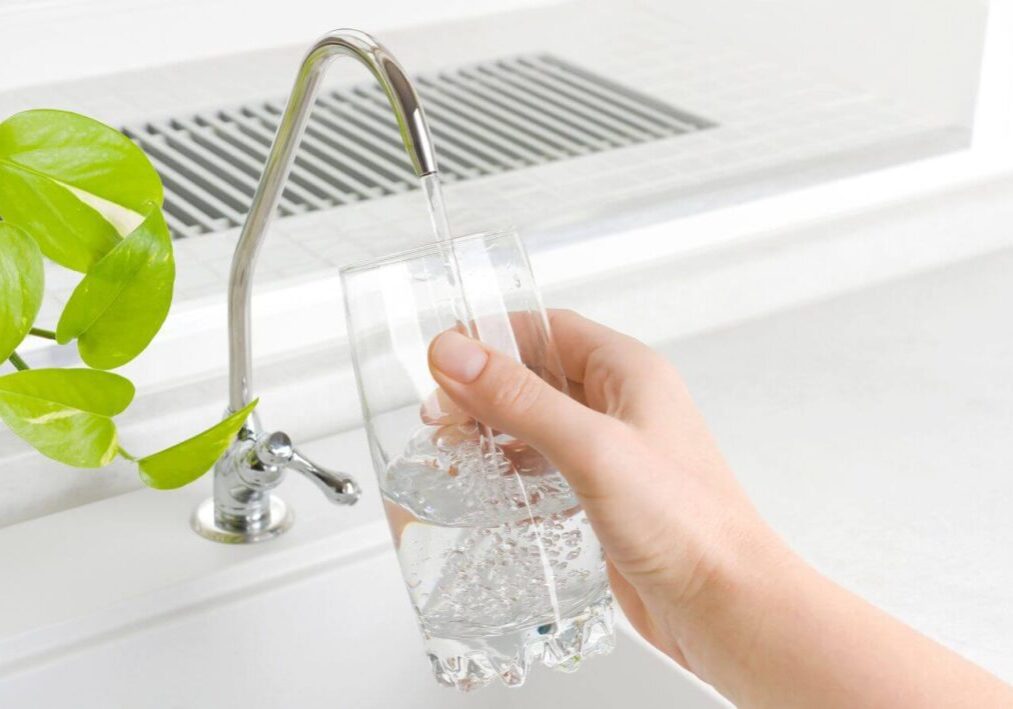27 Nov 2023
Enhance Your Garden with an Effective Irrigation System
Having a beautiful garden requires more than just planting the right flowers and plants. One crucial aspect of garden care is irrigation, ensuring that your plants receive the right amount of water to thrive. In this blog, we will explore the different types of irrigation systems, their installation, and maintenance, as well as help you determine which system is right for your garden.
Understanding Irrigation Systems
Watering your plants manually with a garden hose can be time-consuming and inefficient. This is where irrigation systems come into play, providing a controlled flow of water to plants. These systems vary based on soil type, plant type, and water supply, but they all have one goal in common – to supply water directly to the plant roots, reducing evaporation and runoff.
What is an Irrigation System?
An irrigation system is a method of controlling water flow to plants, ensuring they receive water at ground level. These systems include different types of watering methods, such as sprinkler heads, drip tubing, and emitters. By using an irrigation system, gardeners can supply water specific to the needs of different plants, preventing water waste and promoting efficient plant growth.
Importance of Proper Irrigation in Gardening
Proper irrigation in gardening has numerous benefits, including erosion prevention, water conservation, and plant health maintenance. By using an effective irrigation system, you can prevent soil erosion and water runoff, which can lead to soil depletion and plant damage. Additionally, irrigation systems enable gardeners to supply water based on plant moisture needs, ensuring optimal plant growth and health.
Exploring Different Types of Irrigation Systems
Now, let’s explore some of the different types of irrigation systems available, each with its own unique advantages and applications.
Soaker Hose System
A soaker hose system is ideal for watering straight rows of plants, such as vegetable gardens or flower beds. This system delivers water directly to the plant roots, minimizing water waste through evaporation and runoff. Soaker hose systems work well in sandy soil, clay soil, and heavy clay soil, making them a versatile and cost-effective irrigation option.
Drip Irrigation
Drip irrigation systems use tubing and emitters to supply water to individual plants, shrubs, and trees. This type of system is especially useful for hillsides, individual plants, and water-sensitive areas. By delivering water directly to the roots, drip irrigation minimizes water waste and evaporation, making it an efficient choice for sandy soil, clay soil, and heavy clay soil types.
Traditional Automatic Spray System
Traditional automatic spray systems, also known as sprinkler systems, use spray heads to water garden plants. These systems are suitable for watering specific areas, patios, and appliances. By providing moisture at ground level, sprinkler systems are effective in watering individual plants, shrubs, and trees, making them an ideal choice for garden center irrigation.
Rotor System
The rotor system is designed to water a large area of plants, such as backflow preventer plants or plants in straight rows. These systems use rotor heads to distribute water evenly, ensuring all plants receive adequate moisture. Rotor systems are versatile, efficient, and suitable for homeowners and garden centre irrigation.
The Basics of Irrigation System Installation
Now that we have explored different types of irrigation systems, let’s delve into the basics of installation, which is essential for ensuring optimal system performance.
Preparing for Your Sprinkler System
Before installing a sprinkler system, it’s crucial to plan trenches, tubing layout, and sprinkler head placement. This helps ensure even water distribution and efficient watering of plants. Additionally, selecting the right pressure regulators, tees, and connectors is important for system functionality, preventing water system damage, and achieving water pressure control.
Mapping the Sprinkler System
Mapping your sprinkler system is essential for identifying the best placement of sprinkler heads based on soil type and plant roots. Different types of soil may require specific sprinkler placements, allowing for even water distribution and preventing water waste. Understanding soil type, plant roots, water pressure, and ground level is crucial for effective sprinkler system mapping.
Assembling the Sprinkler System
Proper assembly of sprinkler heads, tubing, and fittings is essential for water flow control, preventing water waste, and achieving system efficiency. It’s important to evaluate water flow, soil type, and individual plant water needs before assembling the sprinkler system. Choosing sprinkler heads and tubing that minimize water waste is key to efficient irrigation system operation.
Connecting the System to the Service Line
Connecting your irrigation system to the water supply requires installing a backflow preventer, pressure regulators, rain sensors, and valve fittings. A backflow preventer ensures water supply safety, pressure regulators prevent system damage, rain sensors prevent irrigation during rainy periods, and valve fittings contribute to water conservation efforts. Incorporating water flow sensors can also help with efficient irrigation system management.
Maintaining Your Irrigation System
Once your irrigation system is installed, regular maintenance is crucial for optimal system performance and water conservation.
Regular Checks and Adjustments
Regular system checks prevent water waste, runoff, and water-related plant diseases. By adjusting sprinkler heads, timer settings, and emitters based on soil moisture levels, you can prevent water evaporation, runoff, and ensure plants receive the right amount of water. Regular system checks contribute to water conservation efforts, plant health, and garden sustainability.
Handling Leaks and Replacements
Addressing system leaks promptly prevents water waste, property damage, and plant stress. Timely replacement of damaged fittings, emitters, and sprinkler heads minimizes water runoff, soil erosion, and plant damage. By efficiently handling system leaks, you can ensure water usage efficiency, prevent water waste, and maintain a healthy garden environment.
Is an Automated Sprinkler or Drip System Right for Your Garden?
Determining whether an automated sprinkler system or drip system is right for your garden depends on various factors, including garden layout, plant types, water supply, and personal preference. An automated system is ideal for homeowners with busy schedules, while drip irrigation offers water conservation benefits, plant health advantages, and mulch usage to prevent soil moisture evaporation. Consider water usage, evaporation, runoff, and individual plant water needs when deciding between sprinkler and drip irrigation systems.
Conclusion
To ensure a lush and thriving garden, it is crucial to implement an effective irrigation system. Proper irrigation not only saves water but also promotes healthy plant growth. From soaker hose systems to traditional automatic spray systems, there are various options available to suit your needs. When installing your irrigation system, make sure to plan and assemble it correctly, connecting it to the service line for optimal performance. Regular maintenance, such as checking for leaks and making necessary adjustments, is essential to keep your system in top shape. Whether you opt for an automated sprinkler or drip system, the key is to provide your plants with the right amount of water at the right time. So go ahead and enhance your garden with an efficient irrigation system, ensuring your plants thrive and bloom beautifully year-round. And remember, Skyline Pump & Machine Co. Inc. is always here if you need professional help.
You May Also Like



